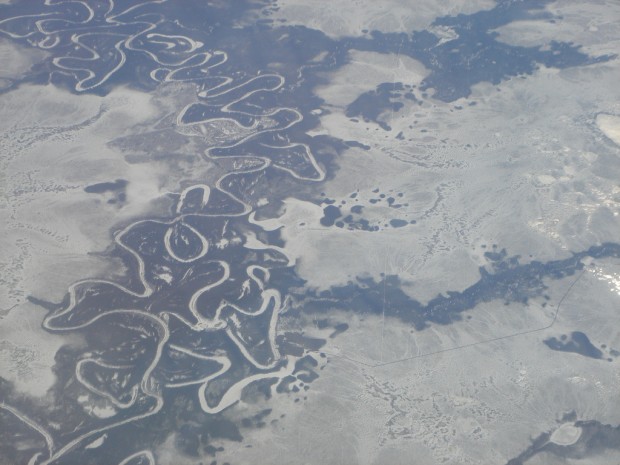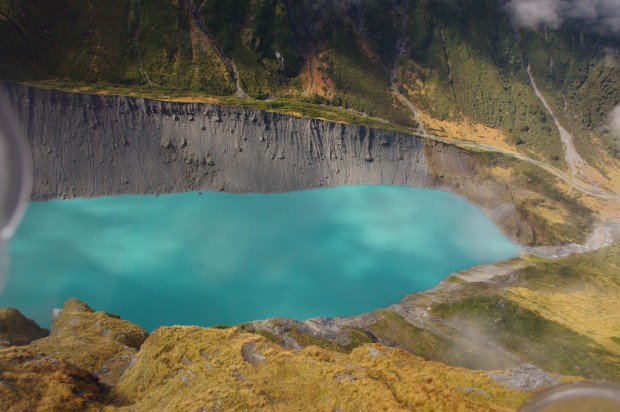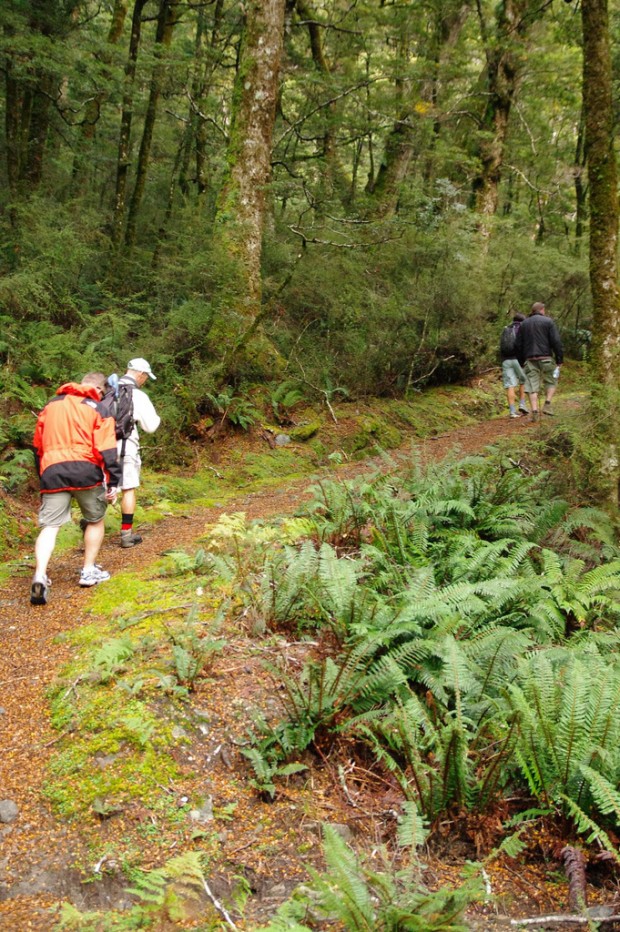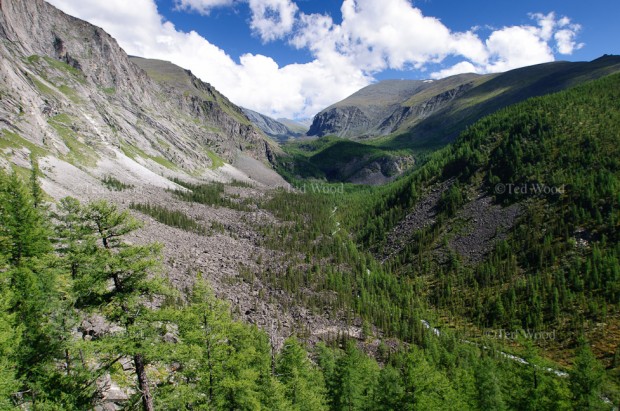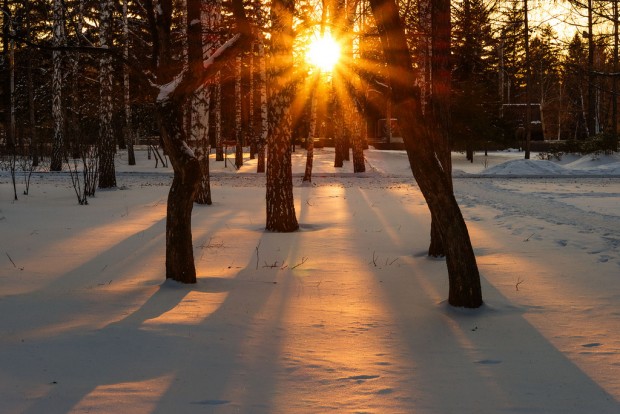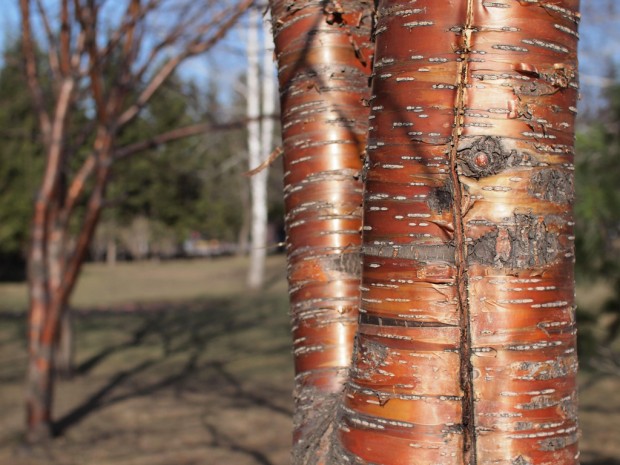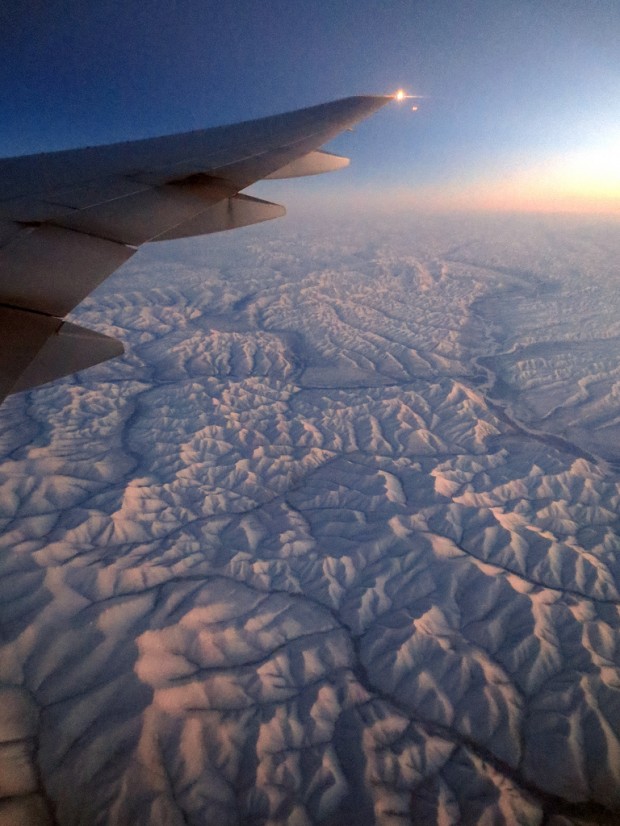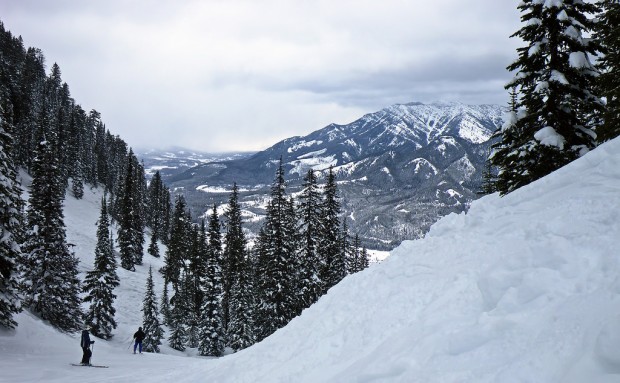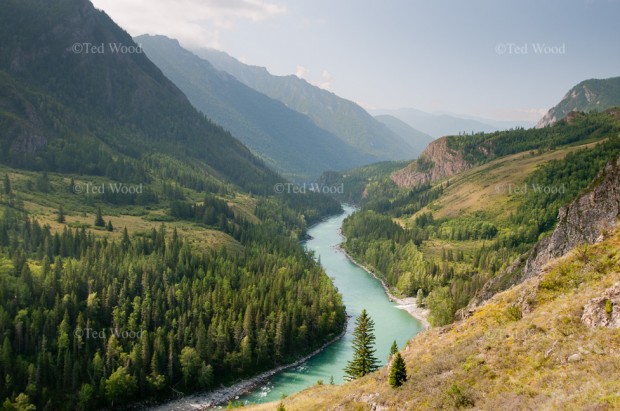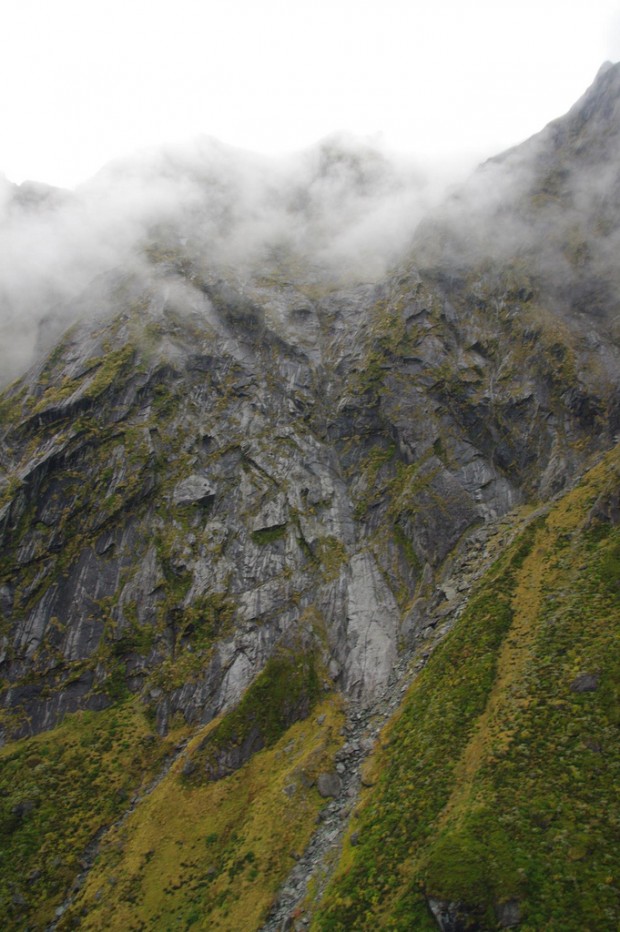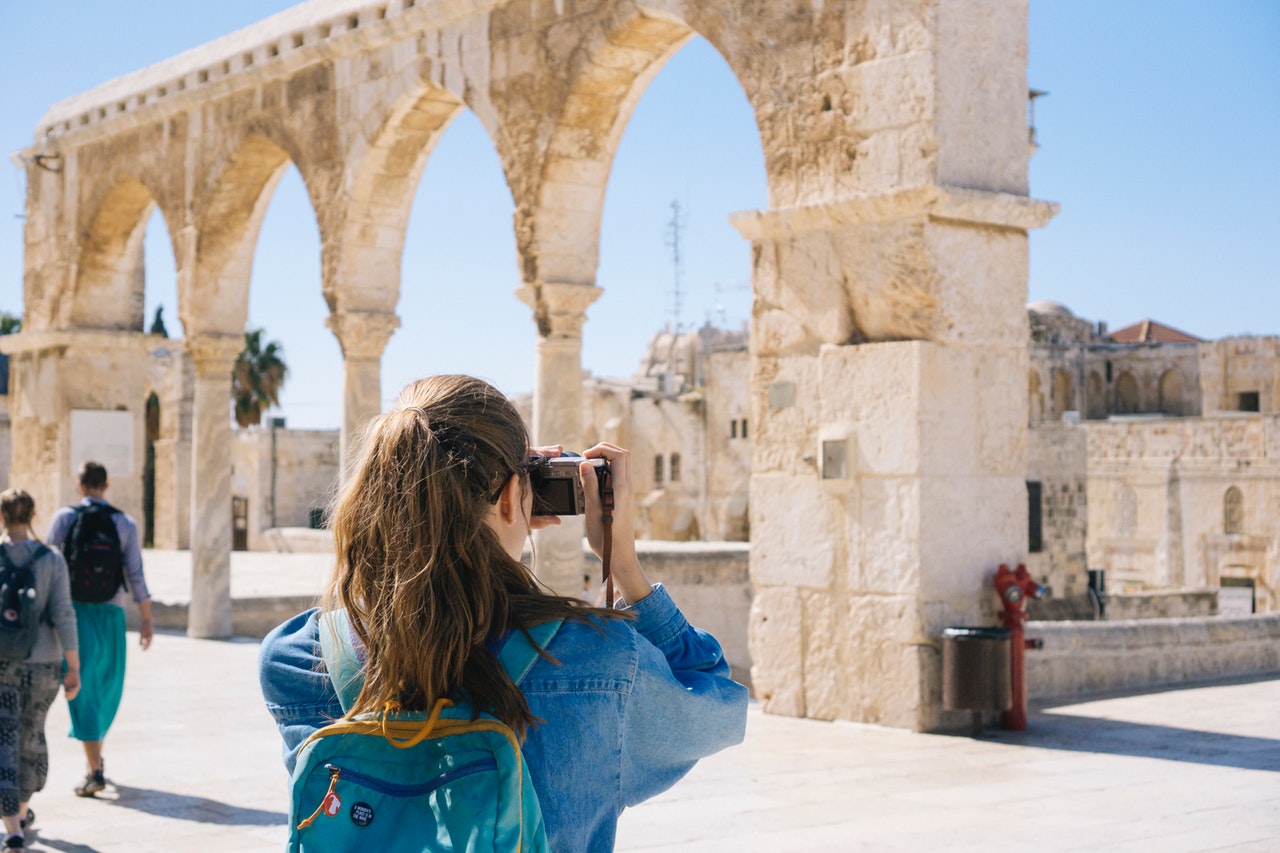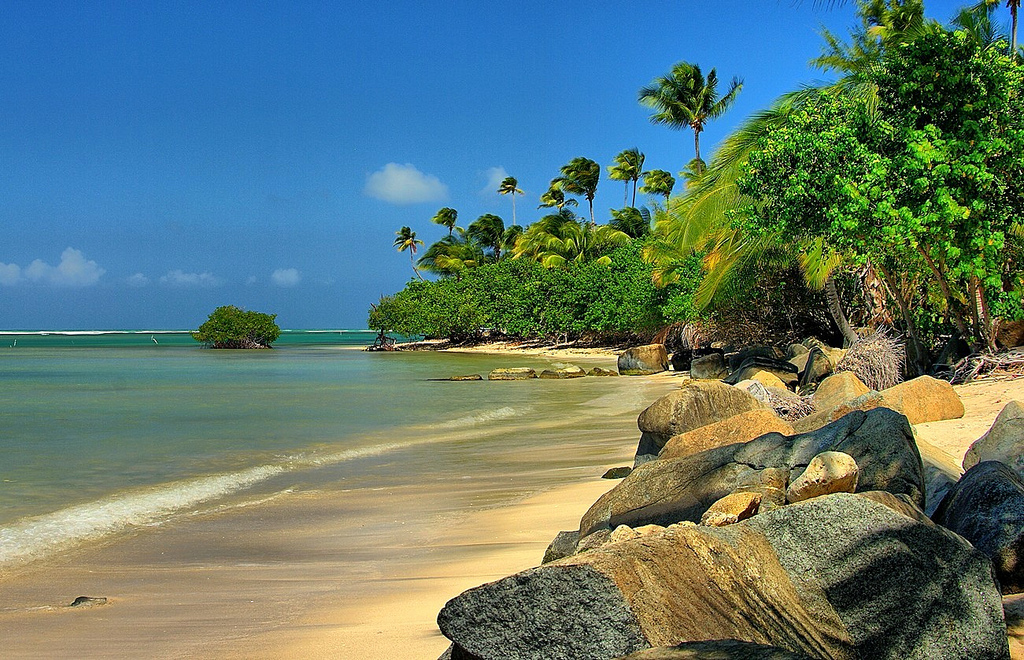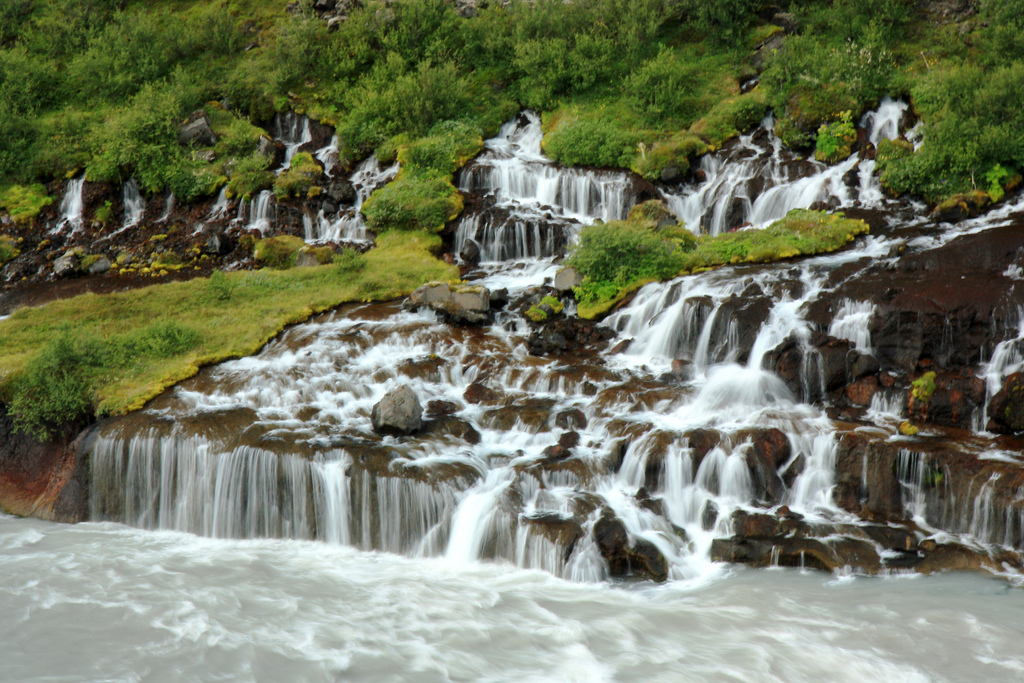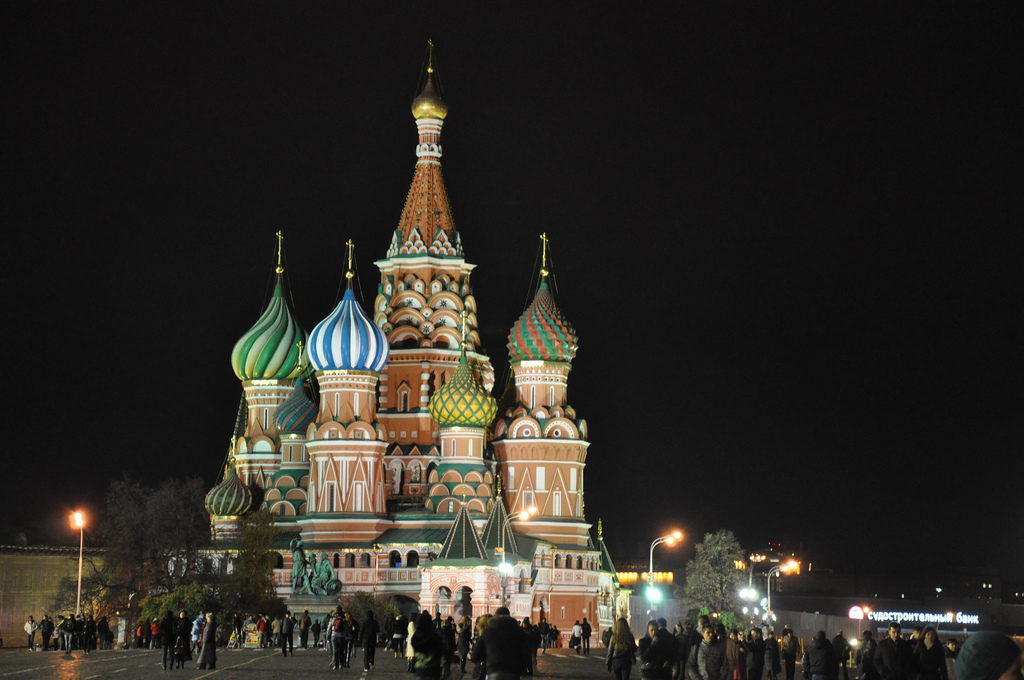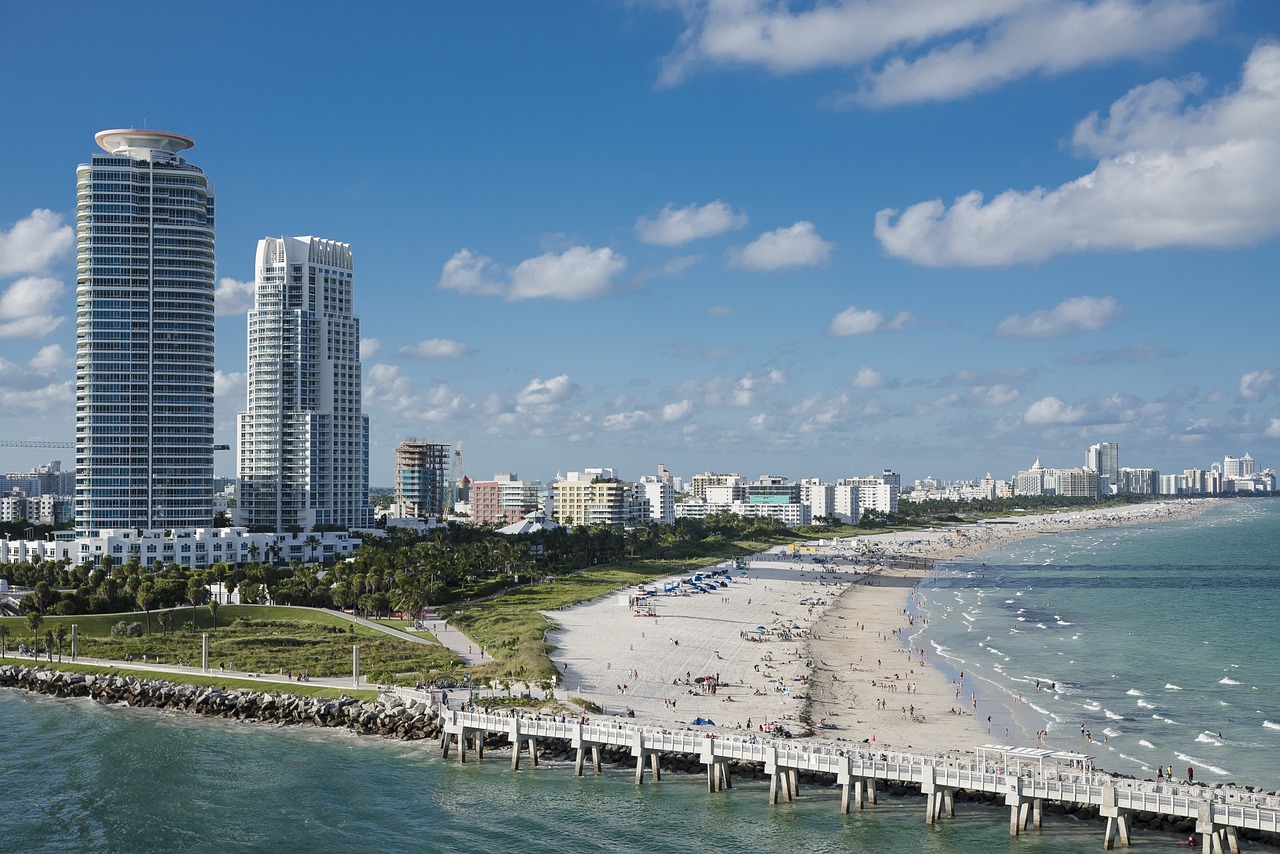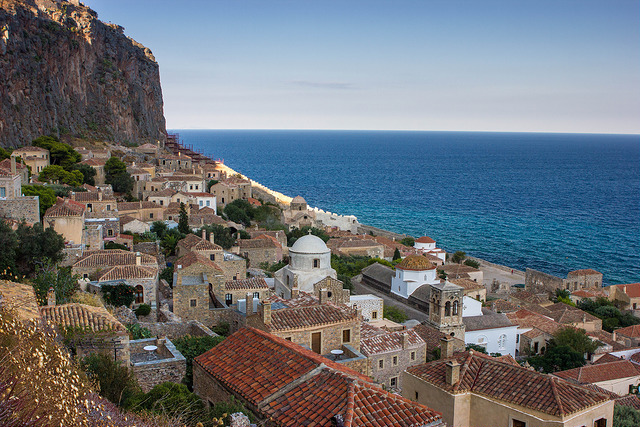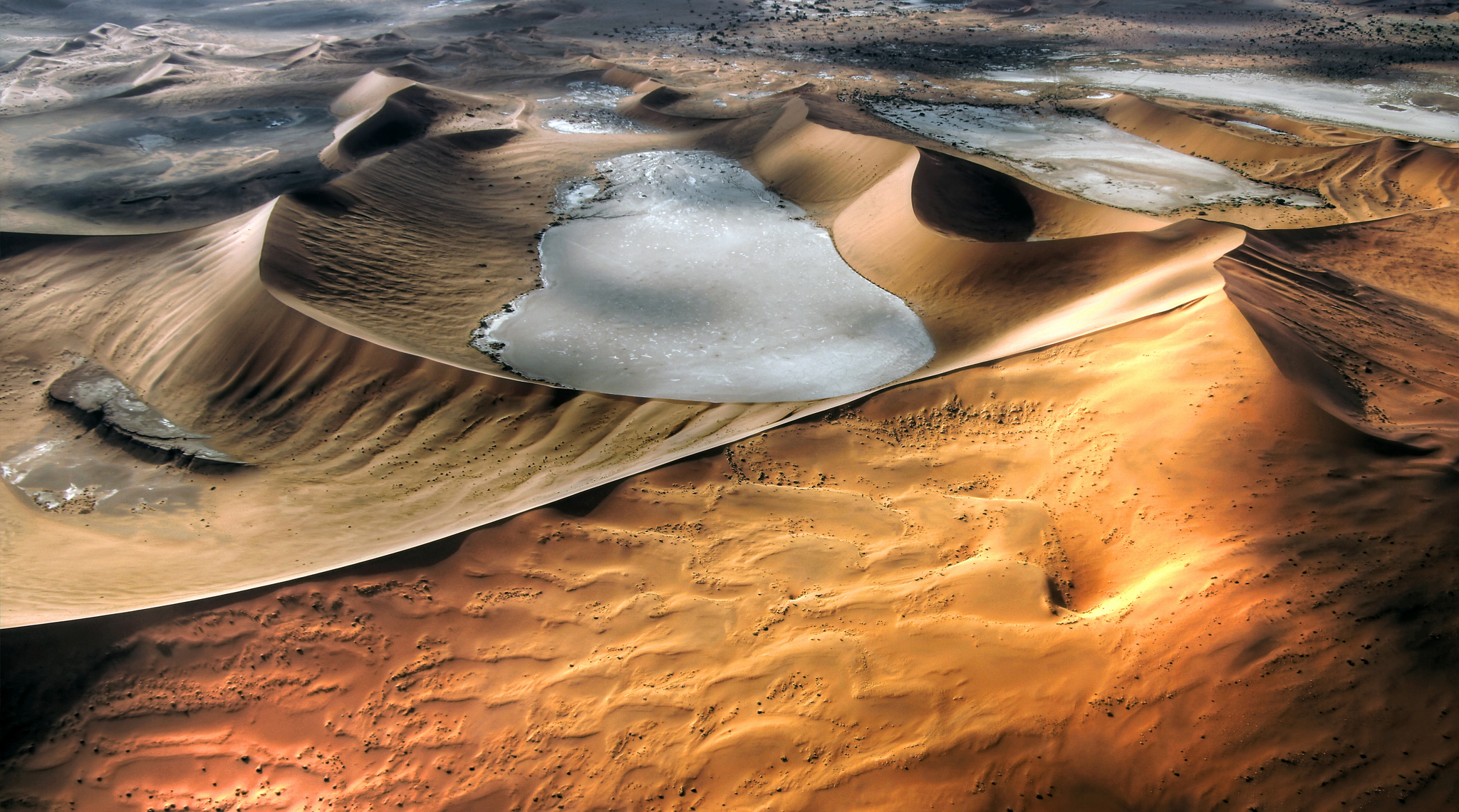Siberia is the largest region of Russia. It is consisted of almost whole North Asia. It is extending from the Ural Mountains to the Pacific Ocean. The name comes from the old Turkic language and it means “sleeping land” or beautiful. Another version for the name is that it comes from the ancient tribe Sabirs. The region consists of many republics that together are part of the Russian Federation.
The word Siberia reminds of cold and frozen. But it is not all that dark there. The climate varies dramatically. In the north near the coast, the summers last only for about a month. In south the temperatures are bit warmer. The summers, that last about three months, get daily temperatures above 20 C. In the winters those temperatures goes down lower than -20 C. These parts of the region are the most inhabited.
The vegetation mostly consists of taiga (forests with pines, spruces, larches) with tundra reef on the north (dwarf shrubs, sedges and grasses, mosses, and lichens). On the south there is temperate forests which can also be found in most parts of Europe and America.
In order to prove you that Siberia is not the frozen land where the temperatures are always lower than -30 C, (the one mostly shown on news), here you can find some photos where you can see the real beauty of this land.
Siberia (taken from plane April 2006)
Image by Marc van der Chijs via Flickr
Mt Aspiring National Park
Image by Neerav Bhatt via Flickr
Mt. Aspiring National Park
Image by Neerav Bhatt via Flickr
Mt. Belukha Park, Altai Republic, Russia
Sunset at Novosibirsk
Image by Mikhail Koninin via Flickr
Spring in Novosibirsk
Image by Mikhail Koninin via Flickr
Over Siberia
Image by edward stojakovic via Flickr
Siberia Bowl at Fernie Alpine Resort
Image by Doug Zwick via Flickr
The Katun River near Inegen, Siberia, Russia
Mt. Aspiring National Park
Image by Neerav Bhatt via Flickr

